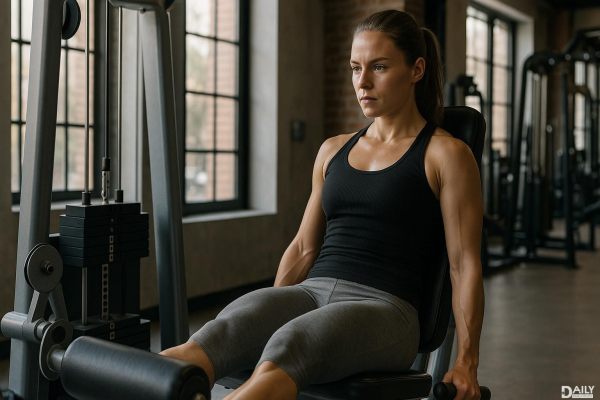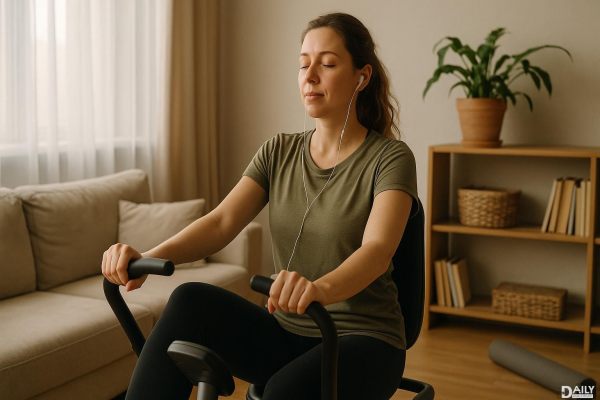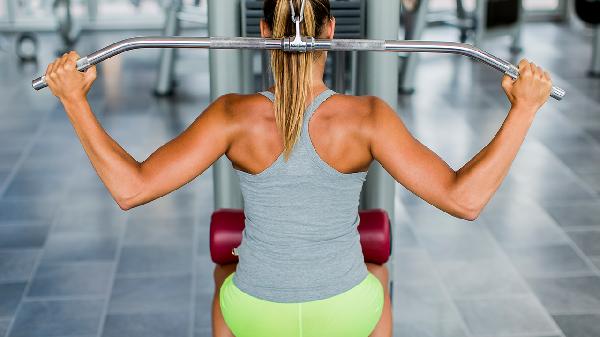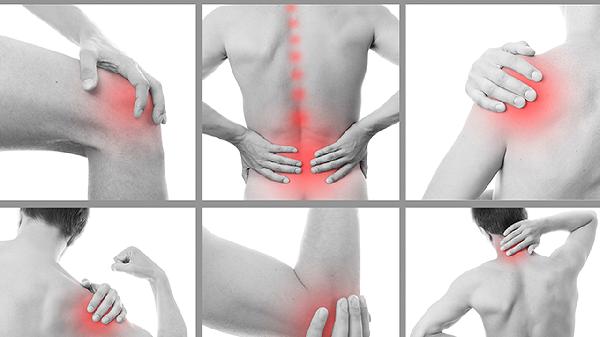If you're tired of dealing with lower-back pain or want to level up your shoulder strength and flexibility, reverse planks might just become your new favorite move. This underrated exercise packs a serious punch when it comes to building full-body strength, especially targeting those often-neglected posterior muscles. Whether you're a yoga enthusiast or just looking to spice up your core routine, reverse planks offer benefits that go way beyond what meets the eye.
Why Your Workout Routine Needs Reverse Planks
Most fitness routines focus heavily on the front-facing muscles—think crunches for abs or bicep curls for arm strength. But what about the powerhouse muscles running along your backside? That's where reverse planks come in clutch. This deceptively simple move engages everything from your glutes and hamstrings to your shoulders and wrists, creating a balanced strength that most traditional core exercises miss. The best part? You don't need any equipment—just your body weight and some floor space.
The Science Behind Reverse Plank Benefits
Research shows that reverse planks activate nearly every muscle in your posterior chain while simultaneously challenging your core stability. Unlike traditional planks that primarily work your abs, reverse planks force your entire backside to fire up. Your glutes and hamstrings work overtime to keep your hips lifted, while your shoulders and upper back muscles engage to maintain proper alignment. This full-body activation makes reverse planks a powerhouse move for improving posture, preventing back pain, and building functional strength that translates to everyday movements.
Proper Form: The Key to Reaping All the Benefits
Getting the most out of reverse planks starts with nailing your form. Begin seated with your hands behind you, fingers pointing toward your glutes. As you press through your palms and heels to lift your hips, imagine creating one straight line from your head to your heels. Avoid letting your hips sag or your ribs flare out—this is where core engagement becomes crucial. Start with short holds (even 10 seconds counts!) and gradually work your way up as your strength improves. Remember, quality over quantity—better to hold perfect form for less time than to compromise alignment for longer durations.
Variations for Every Fitness Level
Not ready for the full expression? No sweat. Reverse tabletop (with bent knees) offers a gentler introduction while still working those key muscle groups. For those with wrist sensitivity, trying the move on your forearms takes pressure off the joints while maintaining the benefits. More advanced practitioners can challenge themselves with single-leg variations or even reverse plank triceps dips to up the intensity. The beauty of this exercise lies in its adaptability—there's truly a version for every stage of your fitness journey.
Beyond Core Strength: Unexpected Perks
While reverse planks are killer for building core and posterior strength, they offer some surprising bonus benefits too. The position naturally opens your shoulders and chest, counteracting that hunched-over posture we all develop from too much screen time. It also strengthens wrists in a unique position that complements other exercises. Plus, the isometric hold nature of the move teaches your body to work as one integrated unit—something that carries over to better performance in other exercises and daily activities.
Whether you're looking to rehab an achy back, improve your posture, or simply add variety to your workouts, reverse planks deserve a spot in your routine. Start incorporating them 2-3 times per week, and you'll likely notice improvements in how you move—and feel—throughout your day. Just remember: progress takes time, so celebrate small victories as your hold times increase and your form becomes rock solid.
























